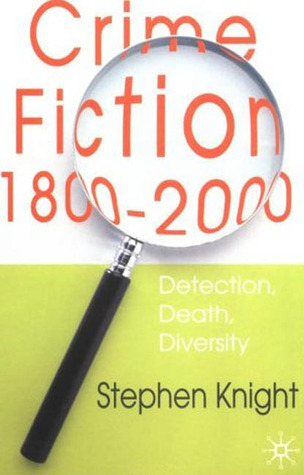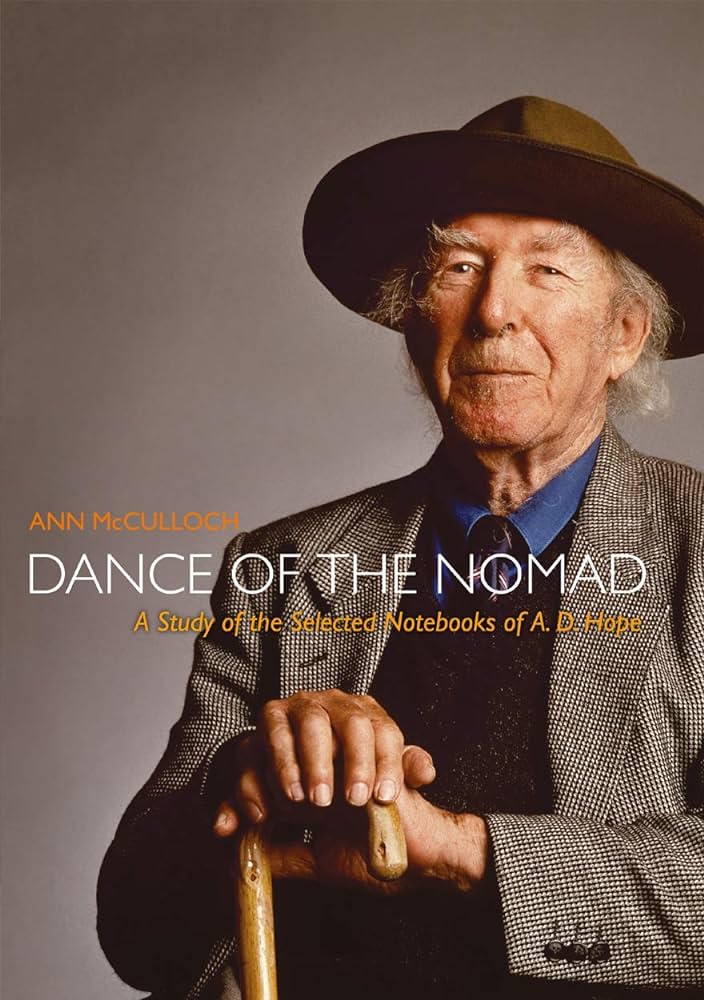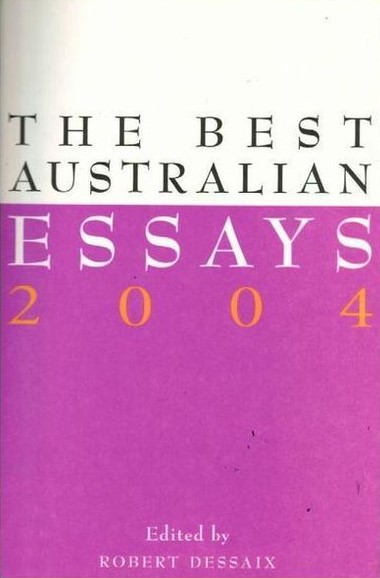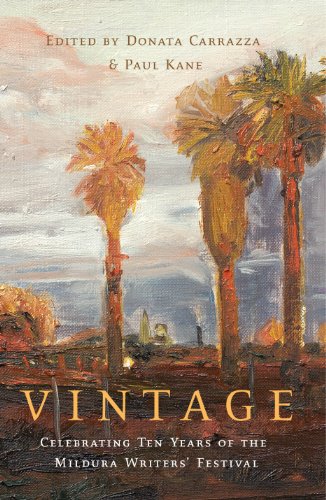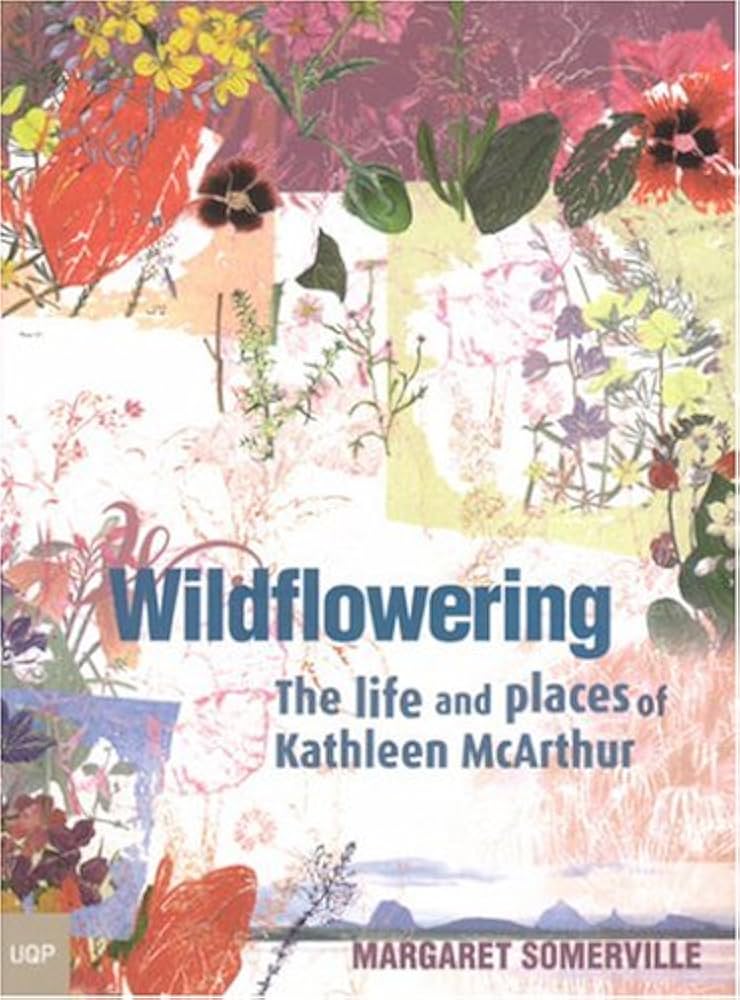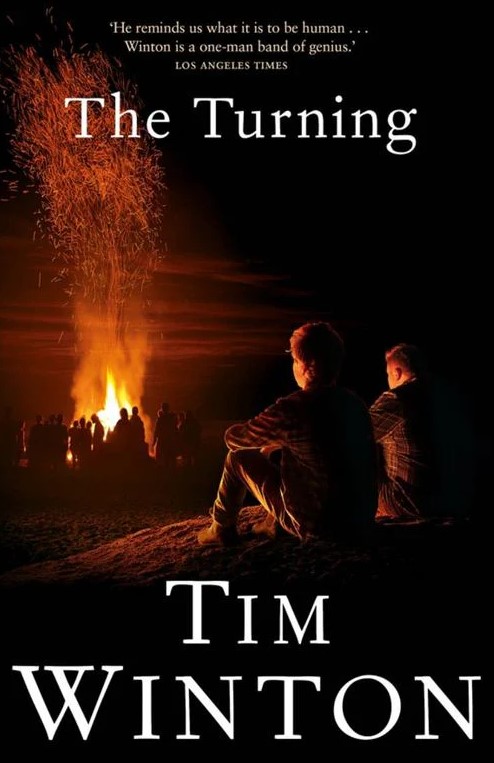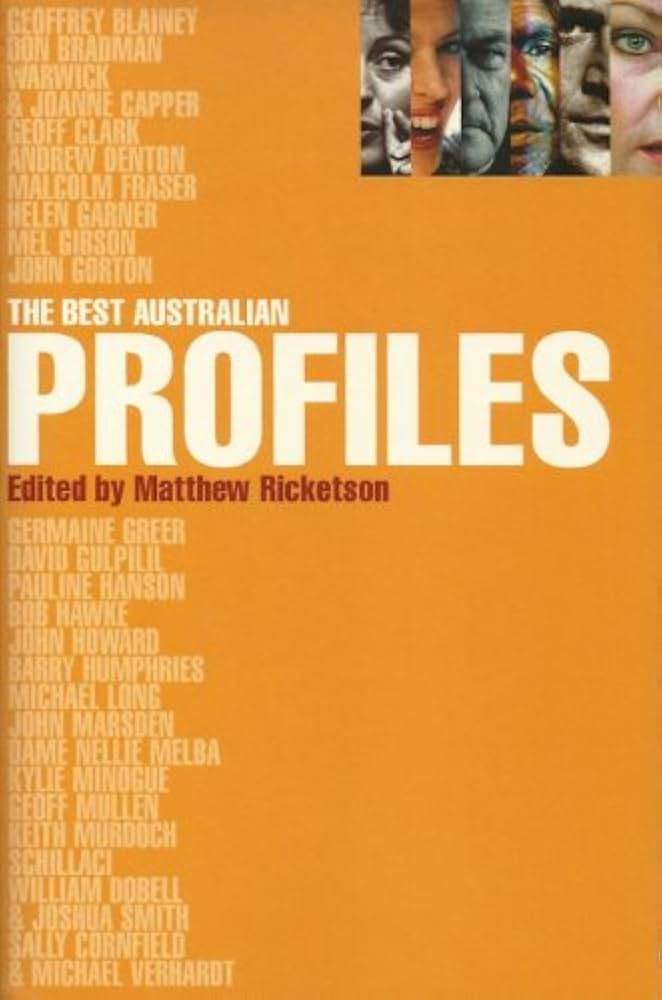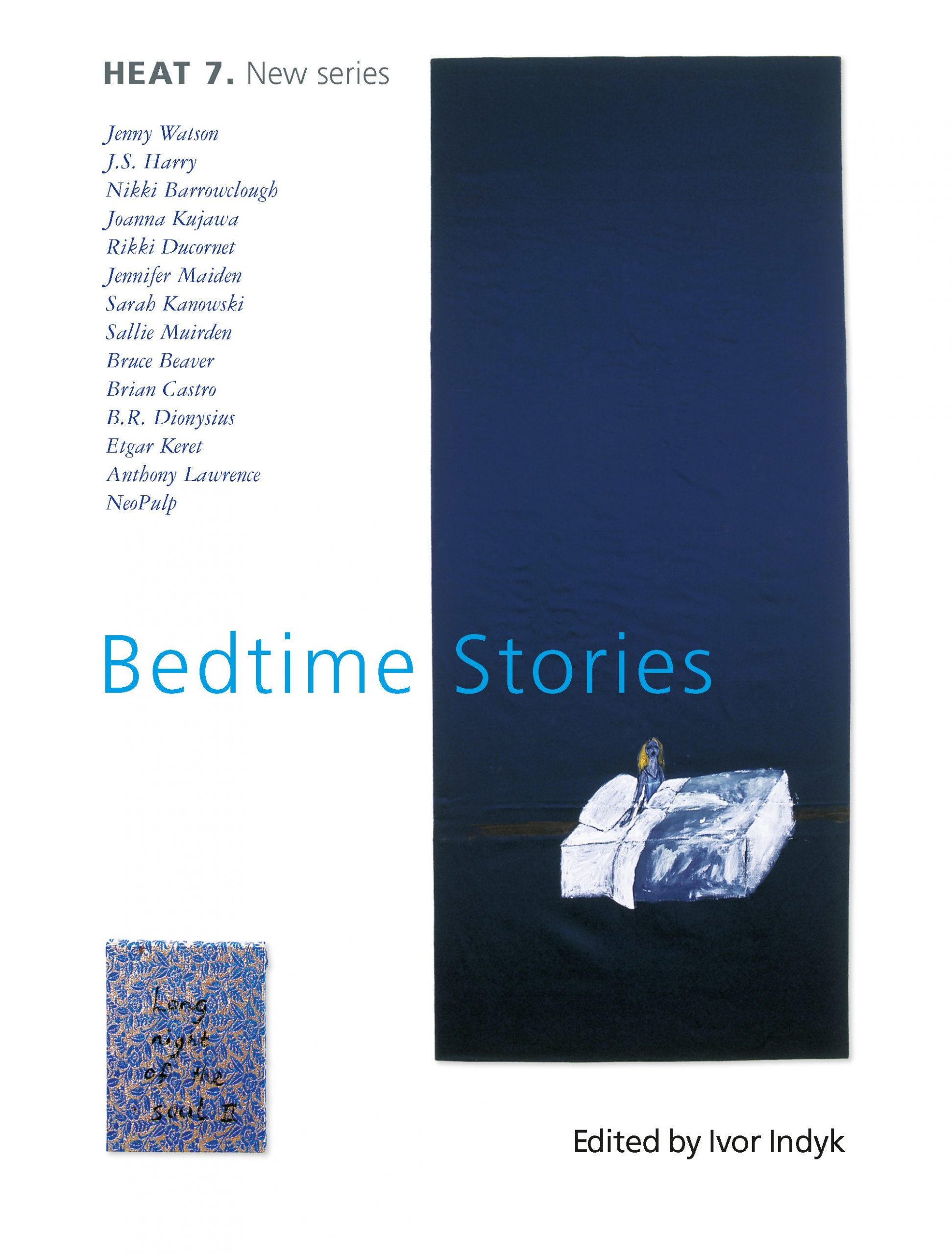Literary Studies
Crime Fiction by Stephen Knight & The Cambridge Companion to Crime Fiction edited by Martin Priestman
‘It is escape not from life, but from literature.’
(Marjorie Nicolson on the detective genre,
‘The Professor and the Detective’, 1929)
I began reading crime fiction in the 1950s and became serious about it in the 1960s, searching out what scholarship there was then about its history and development, its types and practitioners. So I am probably an atypical reader (and reviewer) of these two books. I read them with the pleasure of familiarity and recognition, being reminded of things I hadn’t thought of in a long time. No little part of that pleasure lies in seeing how others assemble and weigh the components of this genre’s history.
... (read more)Dance of the Nomad: A study of the selected notebooks of A.D. Hope by Ann McCulloch
Here is an entry in one of A.D. Hope’s notebooks: it is from 1961: ‘Ingenious devices for letting in the light without allowing you to see out, such as modern techniques provide – e.g., glass brick walls, crinkle-glass, sanded glass and so on – remind me very much of most present-day forms of education.’ This is a representative passage from the notebooks. Lucid itself, it bears on elements of frustration or nullification in experience. As such, it testifies to Hope’s recurrent sense that human beings can easily mislocate their ingenuity, with results that are both memorable and regrettable. In a later notebook, in 1978, speaking of the labyrinth as a model of human life, he writes: ‘Looking back one sees that comparatively trivial blind choices have often determined one’s course and that the majority of people do end up in blind alleys.’ One might contest the generalisation, but will not easily forget the analogy.
... (read more)This year for the third year in a row, Black Inc. is reprinting writing from HEAT in one of its ‘Best Australian’ anthologies, without seeking my permission as the magazine’s editor and publisher. They can do this because there is a legal loophole in Australia’s literary culture – literary magazines in this country do not normally have contracts with their authors. It is conventional to ask magazine editors for their permission before reprinting work that has appeared in their pages; but the fact is, if the author’s permission can be won it is entirely irrelevant, from a legal point of view what the magazine editor thinks.
... (read more)The Best Australian Essays 2004 edited by Robert Dessaix
Since the publication of the inaugural Best Australian Essays in 1998, Black Inc.’s ‘Best’ series has grown into an impressive franchise that now takes in the Best Australian Stories, Best Australian Poems and Best Australian Sportswriting. That, until this year, the essays, stories and regular Quarterly Essay should all have had a single editor, Peter Craven, seems in retrospect quite extraordinary. It was perhaps inevitable that such an empire would eventually fragment – evolving, say, into a rotating series of guest editorships under Craven’s direction. But his departure from Black Inc. early this year, after a disagreement with publisher Morry Schwartz over the future of the Quarterly Essay series, came as a shock to followers of this series.
... (read more)Cultural Studies Review edited by Chris Healy and Stephen Muecke & Griffith Review 5 edited by Julianne Schultz
In the latter decades of the twentieth century, the idea of ‘culture’ was radically democratised. The meaning of the word shifted away from the old, exclusive definition – culture as ‘the best which has been thought and said in the world’, as Matthew Arnold put it in 1869 – and became a more inclusive concept that took in popular forms. We have become used to the idea that there is no clear dividing line between high and low. There is something liberating about having the freedom to treat popular cultural forms as the objects of serious attention. Even Meanjin, the most venerable and literary of these three journals, can publish an essay – an interesting. well-written and intelligent essay – on a pair of television soaps without it seeming out of place alongside more traditional subjects. But while some barriers fall, others go up. Cultural studies, as the academic discipline that has sprung up to exploit this relatively new freedom, faces the question of whether it should direct itself toward a general, non-academic audience or police the distinction between ‘serious’ academic writing and the kind of analysis that might be found in the mainstream media.
... (read more)Vintage: Celebrating ten years of the Mildura writers' festival edited by Donata Carrazza and Paul Kane
Years before I had set foot in Italy, Masaccio’s frescoes, even in flat reproduction, opened a bright chink into a time and place not my own. There were the indelible faces, the bustle, colour, the human jousting – life so vivid, foreign and shockingly familiar. Vintage is the literary harvest of ten years of a writers’ festival in Mildura. If, like me, you have never been, this is your Masaccio ticket of entry into a decade of conversations, poems, stories, essays, recipes, letters, music and song. Vintage could be a ragbag, but it isn’t. It could be a self-congratulatory riff, but it isn’t, because the writing is of such quality and because the presiding figure of Stefano de Pieri gives the volume coherence and verve.
... (read more)Wildflowering: The life and places of Kathleen McArthur by Margaret Somerville
‘Wildflowering’, a term coined by Judith Wright, describes the activity of searching for wildflowers in the bush. In letters between the poet and her friend, wildflower artist, writer and activist Kathleen McArthur (1915-2001), ‘the language of flowers’ becomes part of the mutual exchange of their friendship and epitomises the interactive and intimate relationship they maintained with landscape. Over the years, these women took the knowledge and love of their places into political campaigns to preserve the fragile ecology of an ancient coastland against the ravages of development and commercial exploitation.
... (read more)Any novelist prepared to name one of his characters ‘Fish Lamb’ and to have that character come back from the dead is obviously interested in Christianity on some level. It is also true that several of the big themes that run through Tim Winton ‘s fiction – guilt atonement, forgiveness – have a religious flavour. Nevertheless, Winton’s symbolism tends to have an open-ended quality. When his characters experience moments of spiritual awareness, moments that Winton has said are meant to be taken literally, these experiences are often depicted as a nonspecific form of mysticism or pantheism.
... (read more)This, of course, is literary Archibald Prize and, just like the art competition that annually sets Sydney’s cognoscenti abuzz, it will provide grist for plenty of arguments. Which of these profiles catches a passably good likeness of its subject? In which are the brush-strokes boldest and most compelling?
... (read more)Heat 7 edited by Ivor Indyk & Overland edited by Nathan Hollier and Kath Wilson
In ‘Ouah, Ouah’, a poem in the current issue of Island, Chris Wallace-Crabbe writes: ‘Dogs go shadowing our lives like history, / furbags of the quotidian.’ Literary journals are like that in some ways. Island, Heat, Conversations and Overland undoubtedly aspire to being more than alley mutts or underarm accessories. Indeed, they attest to the increased seriousness and politicisation of Australian literature. Like dogs, these journals shadow history. Like dogs, they also live in the shadows, lingering at the sliding door, waiting to be asked in; and they’ve evolved in different ways to achieve that aim.
... (read more)

